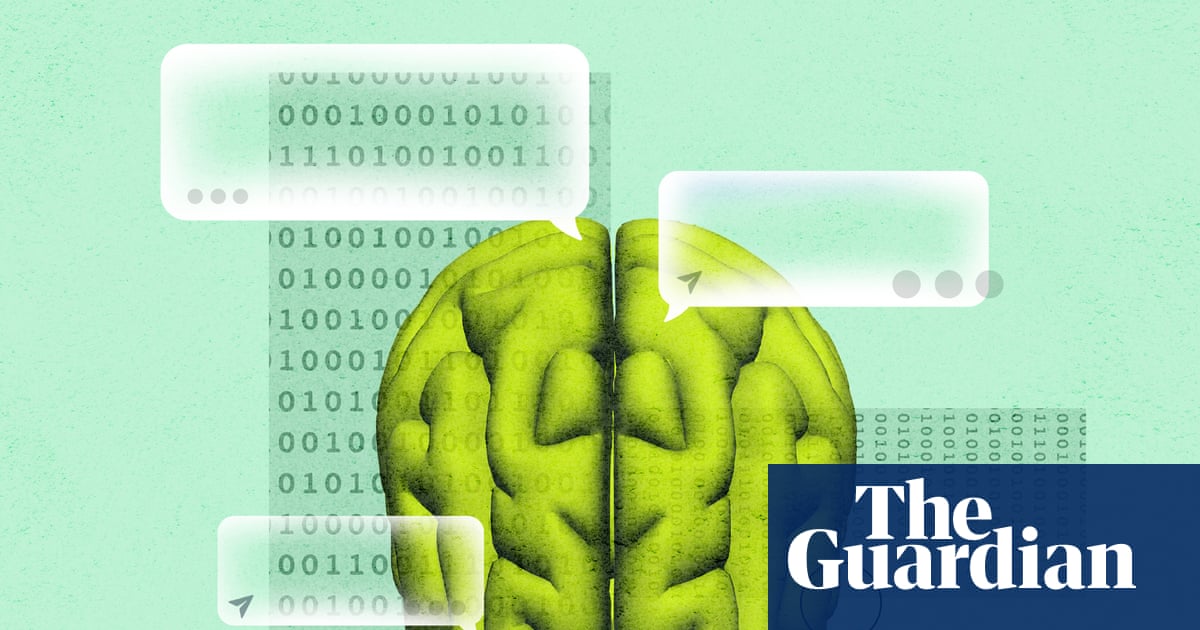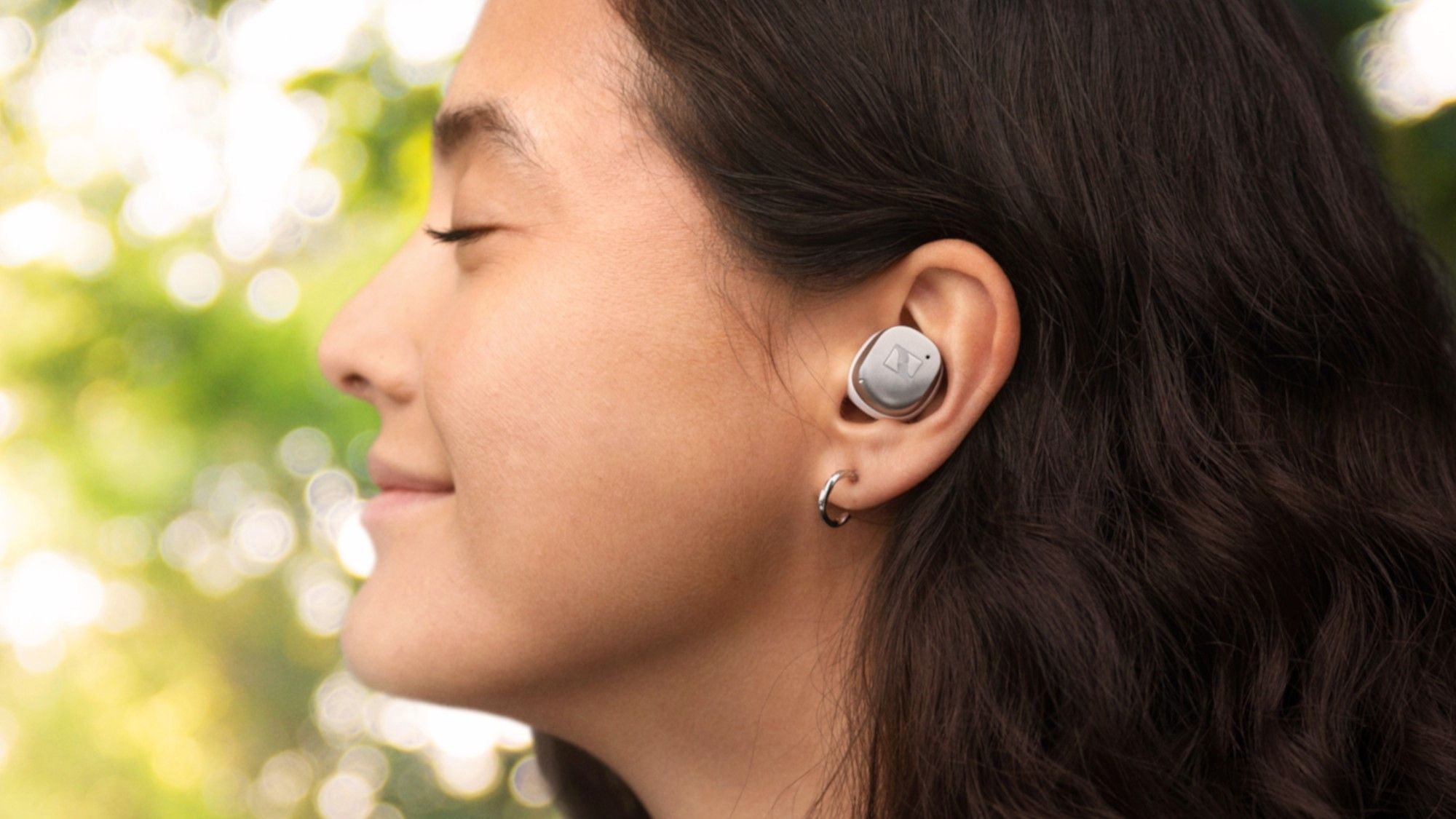Peta Rolls came to expect Aida’s call at 10am each morning.
A daily check-in call from an AI voice bot was not part of the service Rolls expected when she signed up for St Vincent’s home care but when they asked her to be part of the trial four months ago, the 79-year-old said yes because she wanted to help. Although, truth be told, her expectations were low.
Nevertheless, when she got the call, she says: “I was so overtaken by how responsive she was. It was impressive for a robot.”
“She’d always ask ‘how you are today?’ and that gives you an opportunity if you’re feeling sick to say you felt sick, or I just say ‘I’m fine, thank you’.”
“She would go on to ask questions – ‘have you had a chance to step outside today?’”
Aida would also ask what Rolls had planned for the day and “she would respond to that properly”.
“If I would say I’m going shopping, she’d say nice shopping or food shopping? I found it entertaining.”
Bots easing the administrative burden
The trial, which has now wrapped up its first phase, is one of the ways in which advances in artificial intelligence are being taken up in healthcare.
Digital health company Healthily approached St Vincent’s about the trial to use its generative AI technology to provide social interaction, as well as an opportunity for home care clients to log any health issues or concerns for a staff member to follow up.
Dean Jones, national director of St Vincent’s At Home, says the service being trialled does not replace any face to face interactions.
“Clients still receive a weekly face to face meeting, but between these meetings … the [AI] system allows a daily check-in, which can then escalate any potential concerns to either our team or a client’s family,” Jones says.
Sign up: AU Breaking News email
Dr Tina Campbell, the managing director of Healthily, says there haven’t been any adverse incidents reported from the St Vincent’s trial.
The company uses open AI “with very clear guardrails and prompts” to ensure the conversation is safe and mechanisms are in place to respond to serious health issues quickly, Campbell says. For example, if a client is experiencing chest pains, it would be flagged with the care team and the call ended so the person could dial triple zero.
Campbell believes AI has an important role amid significant workforce challenges across the healthcare sector.
“What we can do very safely, with technology like this, is reduce the admin burden on the workforce so qualified health professionals can focus on doing the job that they’re trained to do,” she says.
AI not as new as you might think
Prof Enrico Coiera, the founder of the Australian Alliance for Artificial Intelligence in Healthcare, says older forms of artificial intelligence have been a standard part of healthcare for a long time, often in “back office services” such as interpreting medical images, cardiograms and pathology test results.
“Any computer program that carries out a task that involves decision making in some way is AI, irrespective of how it achieves that,” says Coiera, who is also the director of the Centre for Health Informatics at Macquarie University.
“If you go to the imaging department, radiology department or pathology lab, you’ll see programs in machines doing just that.”
Over the past decade, newer forms of AI known as “deep learning” – a neural network method that allows algorithms to learn from very large sets of data – have been used to interpret medical imaging and improve diagnosis, Coiera says.
In November, BreastScreen NSW became Australia’s first population-based screening program to introduce machine reading technology to support radiologists in interpreting a select range of mammography images.
They are specialised tools that still require a specialist doctor to interpret the diagnosis they might suggest, and the responsibility for a medical decision sits with the medical practitioner, Coiera says.
AI’s role in identifying illness early
The Murdoch Children’s Research Institute in Melbourne has been collaborating with researchers from UCL London who first developed AI methods to detect epilepsy brain abnormalities called focal cortical dysplasias from MRI images.
These lesions cause seizures that often cannot be controlled with medication, meaning surgery to remove them becomes the only treatment available. However, the surgery can only be performed if the doctors can locate the abnormal tissue.
In research published this week in the journal Epilepsia, a team from the institute, led by neurologist Emma Macdonald-Laurs, showed their “AI epilepsy detective” could detect the lesions in up to 94% of cases from MRI and PET scans in a subtype of the lesions that have traditionally been missed in more than half of cases (60%).
The AI was trained on the scans of 54 patients and then tested on 17 children and 12 adults. Of the 17 children, 12 had surgery and 11 are now seizure free.
The tool uses neural network classifiers similar to the breast cancer screening – highlighting regions of abnormality, which are still checked by experts “but it makes it a lot quicker to get to the answers”, Macdonald-Laurs says.
She emphasises the researchers are still in the “early phases” of the work, with a further study necessary to get the technology heading towards clinical implementation.
Prof Mark Cook, a neurologist who was not involved in the study, says MRI scans now generate such huge amounts of high-resolution data that it is hard for a human to go through it accurately. So for doctors the challenge of finding these lesions was like “identifying the needle in the haystack”.
“It’s a great demonstration of how AI can support clinicians in making earlier, more accurate diagnoses, and has the potential to improve surgical access and outcomes for kids with otherwise intractable epilepsy,” Cook says.
Disease detection in the future
Dr Stefan Buttigieg, the vice-president of the European Public Health Association’s digital health and artificial intelligence section, says deep neural networks are also helping to monitor and predict disease outbreaks.
Buttigieg, who spoke last month at the Public Health of Australia’s conference in Wollongong, gave as an example Blue Dot, a company set up by infectious disease specialists and which was one of the first organisations to detect the Covid-19 outbreak.
Generative AI is a further subset of deep learning, in which the technology can generate new content based on training data. These uses in healthcare include programs such as Healthily’s AI voice bot as well as the AI scribes doctors and allied health professionals are increasingly using.
Dr Michael Wright, the president of the Royal Australian College of GPs, says GPs have been embracing AI scribes, which records the consultation and turns into a consultation note that can be added to the patient record.
Wright says the main benefit of the scribes is that it improves the quality of the interaction between the doctor and patient.
Dr Danielle McMullen, the president of the Australian Medical Association, agrees that scribes are helping doctors optimise their time and says AI also has the potential to help doctors avoid duplication of tests and scans for their patients, if the promised digitisation of health records eventuates.
Buttigieg says one of the biggest potentials of AI is to deliver increasingly personalised healthcare.
“For many years healthcare was delivered using tools and solutions that are one-size fits-all – so, for example, things like drugs – but now we are looking towards the future where there are more refined solutions, and the same needs to happen with AI,” Buttigieg says.









